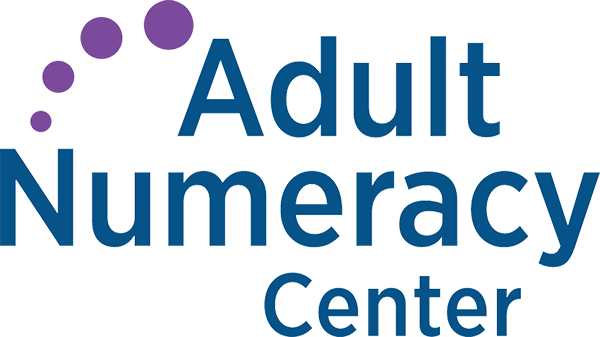Seeking Patterns, Breaking Rules
by Donna Curry
In math, seeking patterns is a helpful strategy. Once we think we’ve found a pattern, we can make a rule or generalization, or sometimes even a formula. In some life situations, however, we need to be more cautious about making rules when we think we see a pattern.
Finding patterns helps to make learning easier and faster, but it can also lead to biases. All of us have biases of some kind. Some of them are innocuous (a preference for certain colors, music, food, clothes) and some are even helpful (avoiding certain things or situations that resemble negative experiences we’ve experienced). Biases like these are about our own selves, not about judging others, and they may be implicit or explicit.
Our biases, or prejudices, are part of who we are and they often protect us. Biases are not negative until we act on them to create discrimination. And it’s not just explicit biases that can be harmful. It is often the subconscious, implicit biases that can cause damage if we are not aware of them.
For example, let’s imagine you are a teacher who has just received a class roster with the following last names: Soares, Rivera, Schuler, and Curry. What would be your immediate reaction to the names?
Would you assume that you have at least three new students from cultures other than that of the United States? Which of them might not speak English as a first language?
What would be your gut reaction to a name like Soares? Do you think that maybe Rivera can help you translate for students whose first language is Spanish? And, what do you expect from someone with a name like Schuler? Which of the students are you already thinking might be better at math? Do you assume that ESOL students might be able to do simple math computation, but definitely not word problems?
Do an internal check-in to see whether you have already made some assumptions about who these students are and what their abilities may be based solely on their names. Have you linked these new names with your past experiences (patterns that you’ve noticed over time)? Or have you made assumptions based on media representations or the attitudes of your friends and family? Did you prejudge without even realizing it?
We don’t just make judgments based on names. We also make snap judgments of our peers. How often do you prejudge based on position or education without even realizing it? Do you assume that someone with a formal math education is a good math teacher? Do you assume that the ESOL teacher in your program can’t effectively teach math?
The best way to break some of those patterns, those implicit biases, is to get to know the students and your peers. They are each unique individuals whose identity is not limited to being a student in your class or the teacher in the next room, but also an individual who may or may not affirm some of your initial assumptions. Create opportunities to find out about each individual from a personal perspective. See each person as a unique individual who has something positive to contribute. Appreciate what they can share.
We math teachers might think that we have to focus solely on the content, but this isn’t so. We should focus on the student. Think about teaching students math, not teaching math to students. What you believe is how you will focus your efforts. Get to know Soares, Rivera, Schuler, and Curry. In doing so, you’ll learn that only one of them —Curry— had an immigrant parent and spoke another language fluently as a young child.
